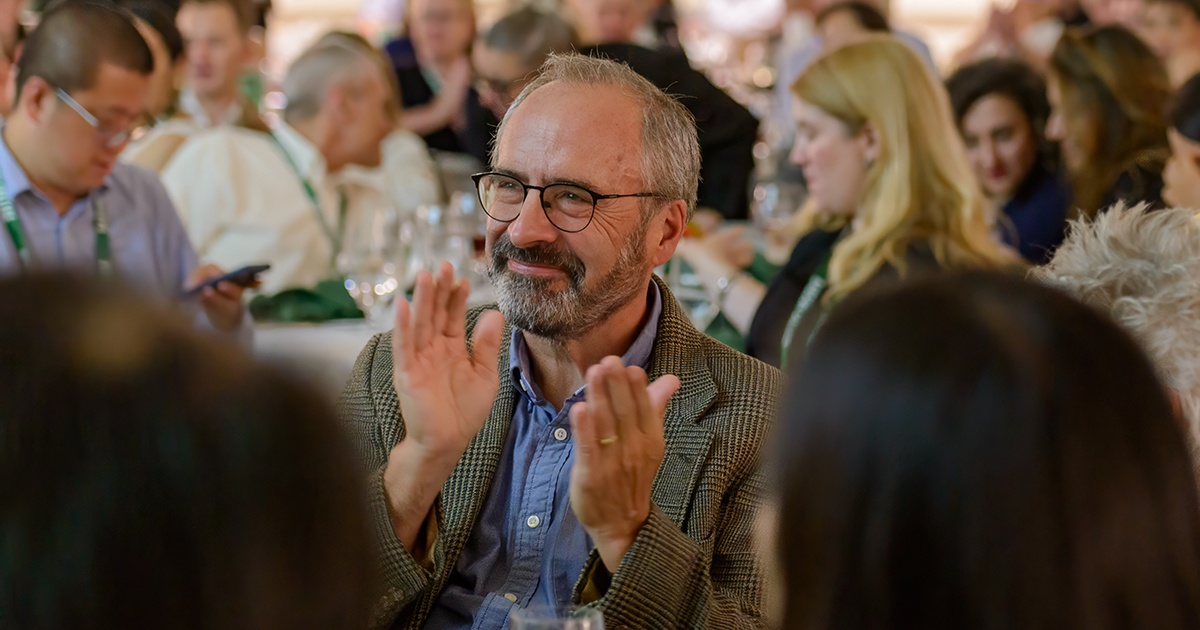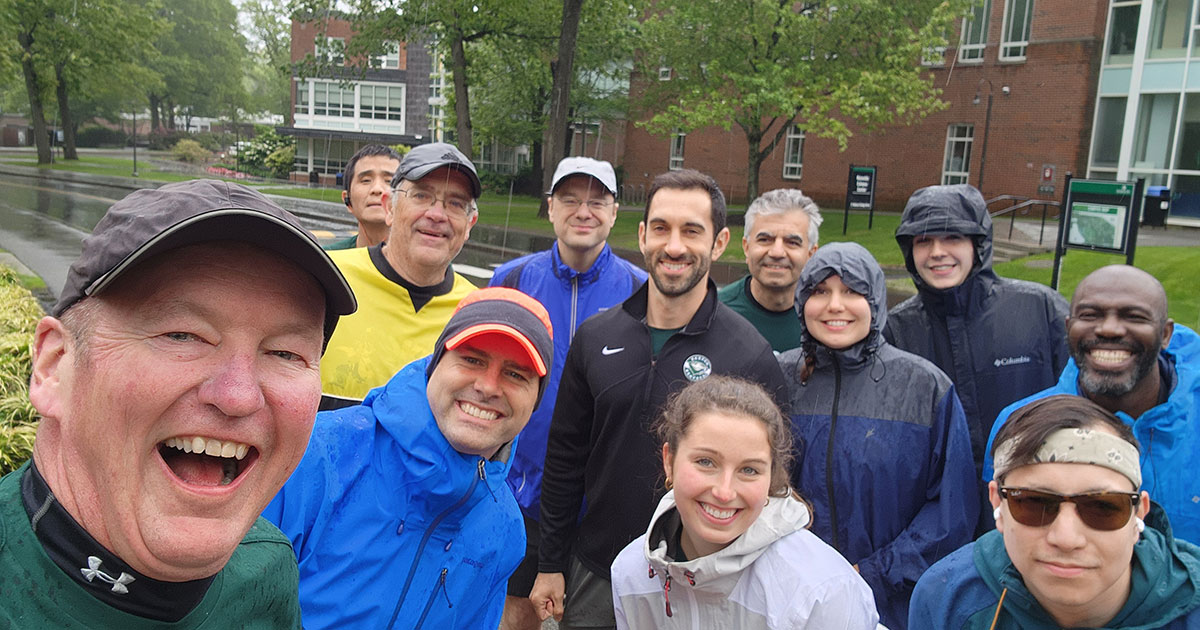The World Needs Inclusive Leadership. Here’s Why.

As entrepreneurial leaders know, inclusive leadership is not only the morally right thing to do—it’s also good for the bottom line.
Diverse and inclusive organizations are 70% more likely to capture new markets, 36% more likely to outperform on profitability, and 75% more likely to see ideas become productized.
But, nurturing inclusive entrepreneurial leaders requires action, experimentation, and refinement.
In their webinar, Susan Duffy, Executive Director of Babson’s Center for Women’s Entrepreneurial Leadership (CWEL), and Dr. Shakenna K. Williams BS’94, CWEL Director of Global Initiatives, explain why inclusive leadership is essential in today’s business world.
Defining Inclusive Leadership
At work, inclusion is defined as an environment in which all individuals are treated fairly and respectfully, have equal access to opportunities and resources, and can contribute fully to the organization’s success.
According to Duffy, inclusion is about belonging. It’s the emotional outcome when people know they “fit here” and are actively and intentionally made to feel like their workplace gets them, respects them, and needs them.
This differs from the definition of diversity, which in the workplace is more about demographic representation or the numbers—inclusion is focused more on fairness.
Implicit and Explicit Bias
A concept essential for an inclusive entrepreneurial leader to understand is implicit and explicit bias, said Duffy. Explicit bias is conscious and not hidden. Implicit bias is unconscious and hidden.
The basis of bias is part of a person’s survival system. It operates without awareness, and is below intention and control.
“Over time your brain connects representations of objects, people, concepts, motives, messages, and behaviors with one another. And the longer you see two things together, the stronger the connection your brain makes—your brain makes shortcuts,” said Duffy.
Duffy teaches courses such as the Leadership Program for Women and Allies through Babson’s Executive Education, and leads CWEL—a collaborative learning laboratory that educates, empowers and inspires women to transform their entrepreneurial potential into social and economic impact while advancing inclusion acumen as a growth strategy for all.
To underscore this point, she highlights concerning data that suggests doctors are more likely to give white patients pain pills, British- or “white”-sounding names are more likely to get a job interview, and Afrocentric features lead to longer jail time.
What surprises people most, according to Duffy, is that implicit bias is not aligned with our stated values and beliefs. And, as pointed out by some experts, it is possible that the more educated you are the more likely you are not to believe vulnerability to bias applies to you. That is called the myth of exception.
Bias also leads to a range of behaviors and challenges for inclusive environments.
Microaggressions
Another important concept when learning about inclusive entrepreneurial leadership is microaggressions, a term used for brief and commonplace daily verbal, behavioral, or environmental indignities, toward any group—particularly culturally marginalized groups—that create insult, pain and exclusion. This phenomenon is often described as “death by a thousand cuts.”
But what can be done?
“It’s not about what I already know. It’s about what more I can learn,” said Williams.
Williams is a Babson graduate and is responsible for leading operations and expansion efforts for the Women Innovating Now (WIN) Growth Lab and for building the new Black Women’s Entrepreneurial Leadership program.
“When it comes to microaggressions, people need to know that saying ‘I didn’t mean that’ is not acceptable, and, they need to do something about it,” she said.
“When we experience it, we have to be a microagression interrupter, to let people know that there’s a difference between intent and impact.”
Executive Director of Babson’s Center for Women’s Entrepreneurial Leadership (CWEL) Susan Duffy
“When we experience it, we have to be a microagression interrupter, to let people know that there’s a difference between intent and impact,” said Duffy.
Intersectionality
Another aspect of inclusive entrepreneurial leadership is understanding that biases come from multiple dimensions of difference—religion, age, disability, geography, culture, income, sexual orientation, education, race, ethnicity, and sex gender among many others. Those with overlapping identities—that each come with widespread bias—must deal with the crushing weight of multiple assumptions and bias.
“One of the things that we foster is really getting to know an individual—who they are—and not making assumptions. Inclusive leadership is really understanding an individual under all lenses,” said Williams.
Work Towards Inclusion
So how exactly can leaders begin to cultivate a culture of inclusion and inclusive leadership in the workplace?
First start with the means at hand, such as books, articles, and podcasts. Next, calculate affordable loss that you are willing to commit to this action plan—an example of affordable loss could be time spent. And finally, recruit others to your efforts—these could be cross-organizational champions.
Duffy suggests that one of the first things to do is take an Implicit Bias Assessment that will uncover some of your own implicit assumptions about different elements of race, religion, and gender.
“It’s important that you get some of this data because we act, and we create impact, with this implicit bias running underneath the surface,” she said.
Posted in Entrepreneurial Leadership, Insights






